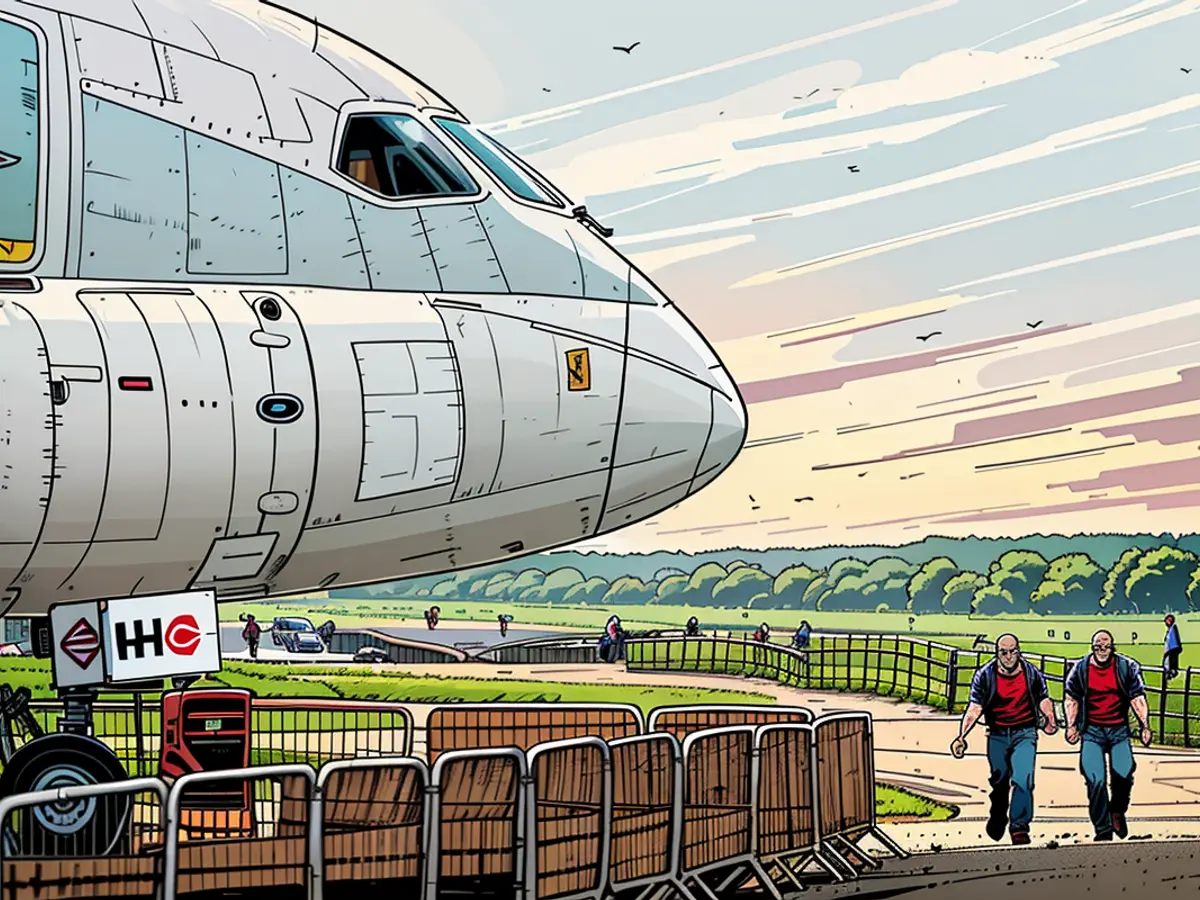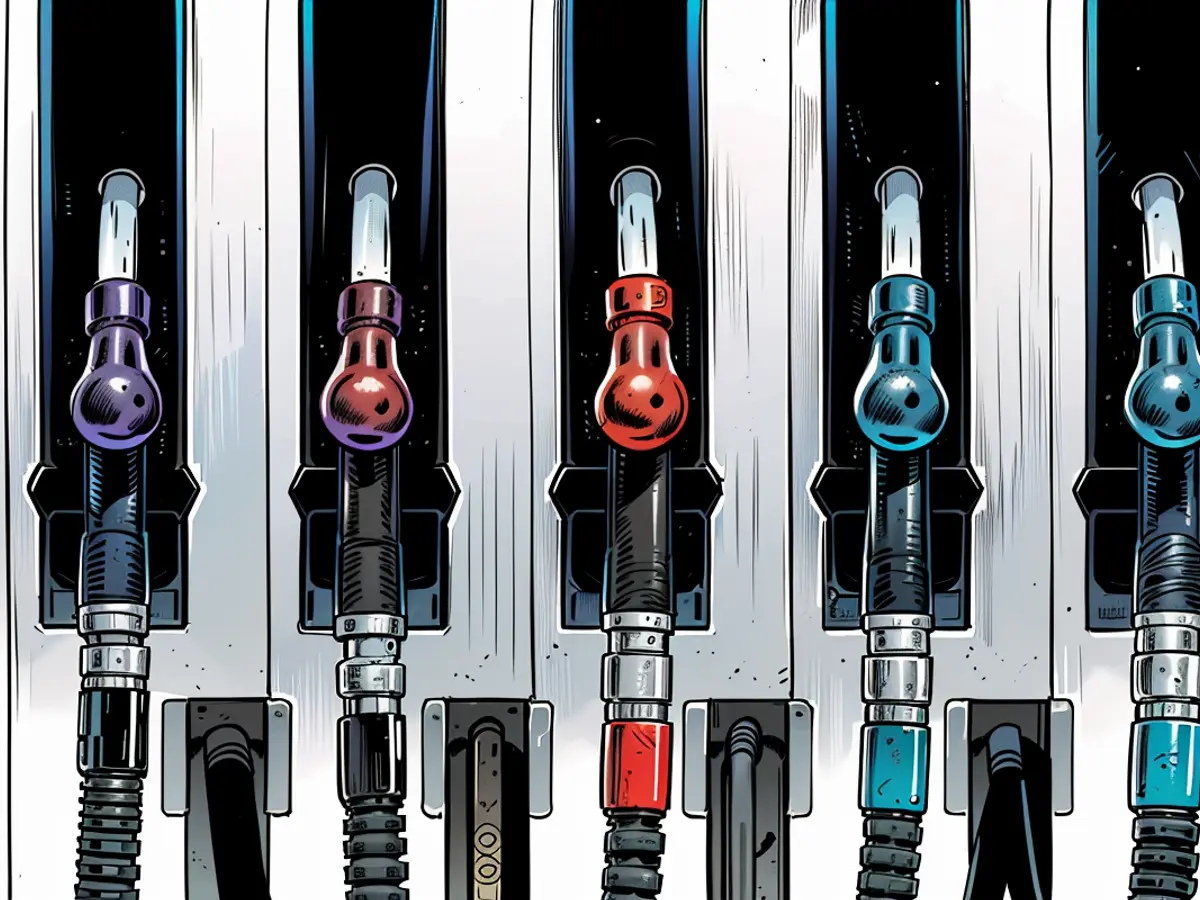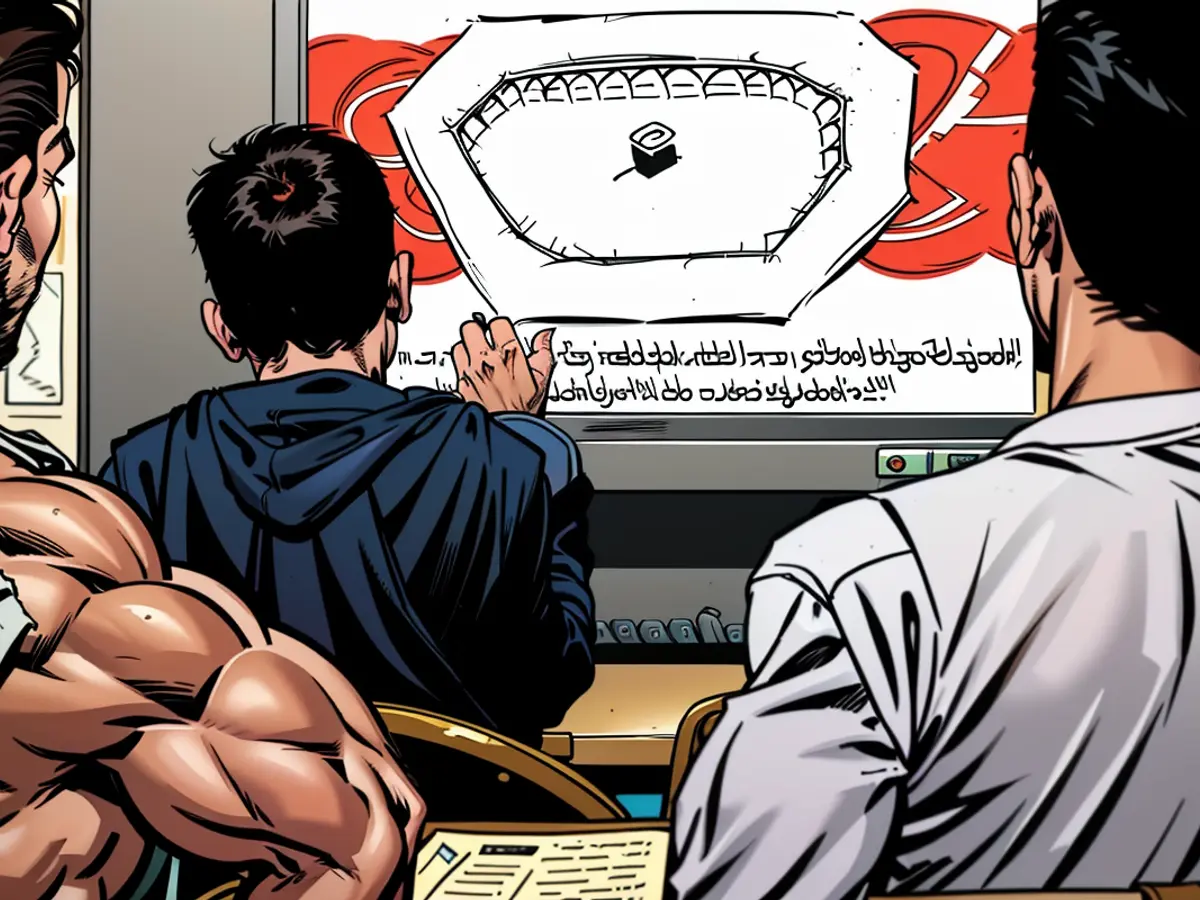King Charles banknotes sell for 12 times their value as collectors scramble for early editions
The banknotes, auctioned by Spink & Sons over the summer, sold for 11.7 times their face value of £78,430 ($100,318), as collectors snapped up some of the first versions of the new cash to roll off the printing presses.
New £5, £10, £20, and £50 banknotes featuring King Charles entered circulation in the United Kingdom on June 5, marking the first time the Bank of England (BOE) has ever changed the monarch on its notes. Queen Elizabeth II, who died in September 2022, was the first monarch to appear on sterling banknotes in 1960.
The runaway success of the auctions highlights the value that collectors attach to banknotes with especially low serial numbers, which denote that they are among the first to be printed.
For example, one £10 note with the serial number HB01 00002 sold for £17,000 ($21,764), while a sheet of 40 of the new £50 notes, nominally worth £2,000 ($2,600), was bought for £26,000 ($33,300), the highest value lot ever sold at a BOE banknote auction.
“Lucky numbers” also attracted high bids, according to Spink & Sons. Two £5 notes with serial numbers ending in 88 and 888 were auctioned for £2,200 ($2,800) and £2,400 ($3,100).
Gregory Edmund, a Spink & Sons auctioneer, said the sales showed that “banknote collecting is growing in popularity,” even as “many people are dispensing with physical cash in daily transactions.”
Britain’s Royal family also continues to attract interest. “Mementos of Royal history are as keenly sought after in 2024 as ever before,” Edmund told CNN.
The money raised will go towards 10 charities chosen by Bank of England staff, including wildlife charity WWF-UK and the Trussell Trust, which supports food banks. The charities will receive £91,400 ($116,900) each.
“Each charity does incredible work and the monies raised will have a positive impact on people across the UK,” said Sarah John, executive director of banking at the BOE.
According to the central bank, there are more than 4.6 billion £5, £10, £20 and £50 physical banknotes in circulation in the UK, collectively worth more than £82 billion ($105 billion).
When the BOE releases a new banknote, it holds back some of the the first printed notes with “especially low or symbolic serial numbers,” according to an explainer its website. These are then donated to prominent individuals or institutions sometimes involved in the development of the note.
For example, when the £5 note featuring former British Prime Minister Winston Churchill was introduced in September 2016, the late Queen Elizabeth received the fiver with the lowest serial number — AA01 000001.
The Churchill War Rooms — the underground headquarters for the core of the British government throughout World War II and now a museum in London — received a new £5 note with the serial number AA01 001945, signifying the year the war ended.
The significant earnings from the auction suggest that the collectors have a strong interest in the business of acquiring rare banknotes. Furthermore, the Bank of England often holds back unique serial number banknotes as part of its business strategy, donating them to notable individuals or institutions.








